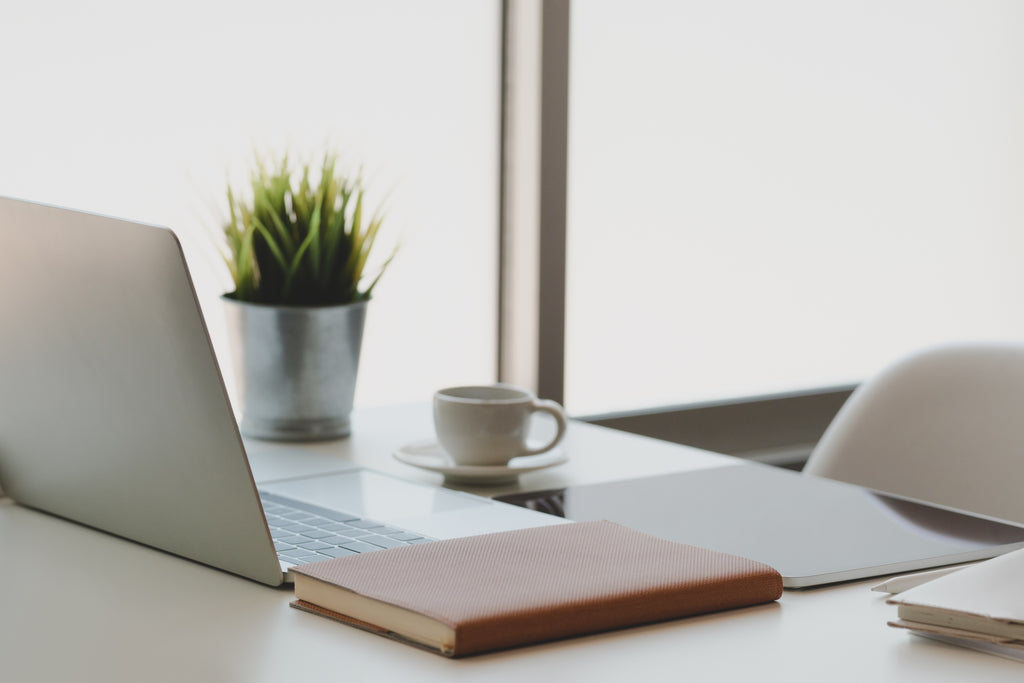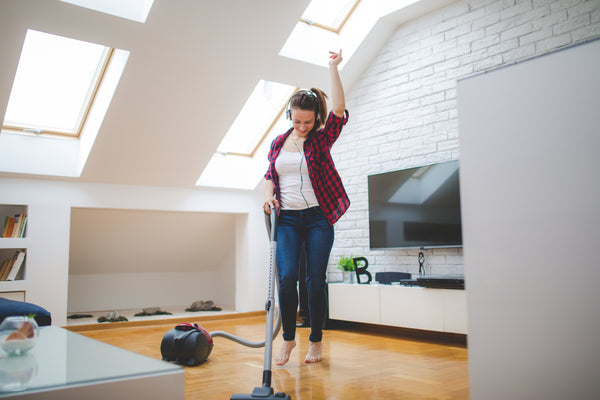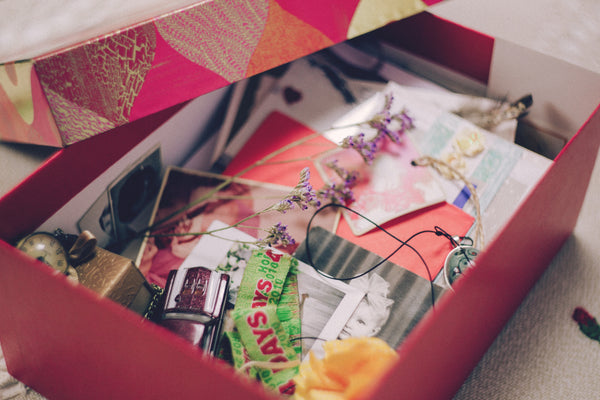How to Remove Clutter From Your Life and Adopt Minimalism

You've probably heard the term ”minimalist” before. The topic of minimalism and living within your means has grown increasingly popular in mainstream culture. Documentaries and online communities have sparked interest in reducing one’s impact on the environment over the last few years. Minimalism is an opportunity to greatly reduce how much waste you create per year, thus decreasing any harmful effects on the environment that come as a result of being human.
Whether you fully want to adopt a minimalist lifestyle or at the very least, add in certain environmentally friendly habits, any incorporation of these practices can only benefit you and the environment by minimizing needless waste.
Where to Start as a Minimalist
A perfect place to start is first understanding your goals. What is your WHY? Why do you want to create this big change in your life? Write down your reason and place it somewhere you can easily reference it whenever you need extra motivation. The onset of minimalism is challenging but writing down why you want to become minimalist in the first place will help keep you goal-oriented, especially when it gets tough.
It’s also important to establish rules for yourself in order to remain accountable. This list might come in handy later. Take a few minutes for this task to help jump start your minimalist journey!

Quick Initial Clean
It's time for the excessive and obvious junk in your home you've been waiting to throw out, but haven't gotten around to, to go. For this part, go through one room at a time at a pace you're comfortable with. Maintain enough movement to keep momentum so you don't throw in the towel too early.
Discard any items you no longer use. As the saying goes, "use it or lose it." This is a great time to put aside items that can be donated or given away. Before you throw anything away, make sure it’s not something that can be reused instead of wasted. Make sure you aren’t holding on to items without reason.
It’s important to conduct an initial clean first to get rid of trash you’ve been collecting.
Time to Organize
Now that you’ve discarded the junk and/or recyclable items, now you'll want to organize what you've decided to keep. This part will take time.
Be sure to go through every room to organize everything you own. It’s important to sort all your belongings and have a place for everything. It might be easiest to sort one room at a time to avoid overwhelming yourself.
When you go through your bathroom, make sure to organize all your cleaning products. Save only items that you use frequently to create less waste and more space.
Be mindful of hanging on to clothes that don’t fit. Keep everything you own to a minimum. Part of being minimalist requires having a minimal amount of items. Keep to the limit you set for yourself in the beginning, and try not to go over it.

Letting Go of Sentimental Items
In addition to being physically challenging, this process is also mentally and emotionally challenging. It can be emotionally difficult to part with certain items that hold sentimental value. It’s important to consider this but not let fear hold you back from your minimalist goals.
Letting go of sentimental attachments is one of the most liberating rewards of this entire process, although it can be painful at first.
One of the biggest benefits of adopting a minimalist lifestyle is maintaining a consistently clean and tidy house. This happens naturally as a result of throwing out or giving away unneeded items. You'll worry less about clutter and have fewer items to clean. Best of all, you'll feel free from the hold that physical possessions had over you. Becoming a minimalist is truly liberating as you are no longer bound to your possessions and this positively affects all areas of your life.


